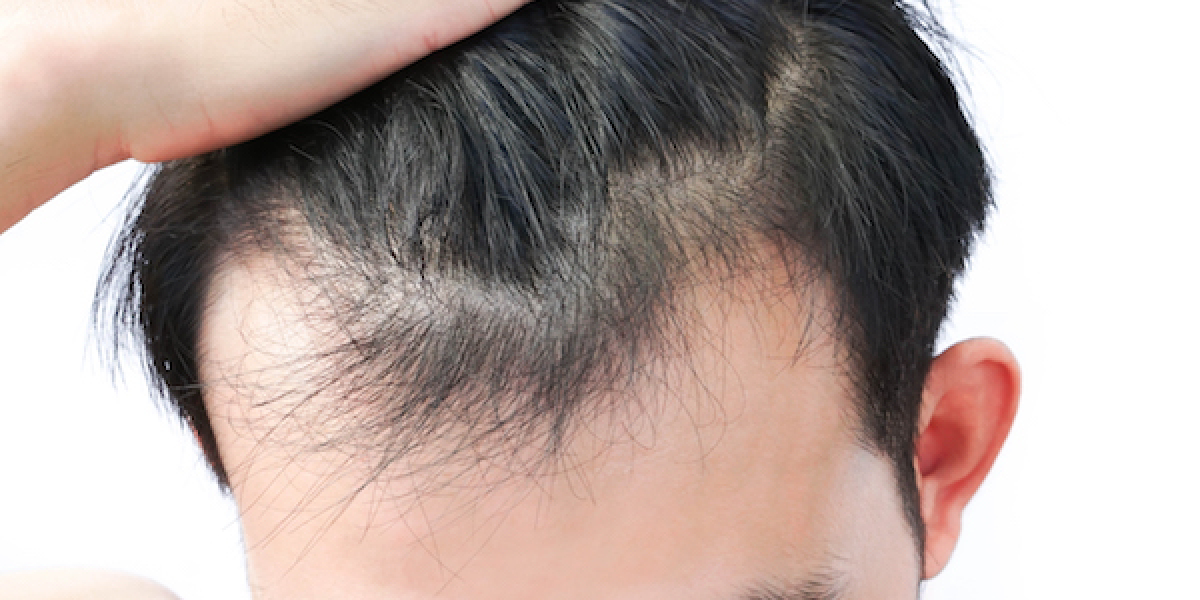
Causes of Hair Loss
1. Genetic Factors
- Androgenetic Alopecia: Inherited condition also known as male or female pattern baldness.
2. Hormonal Changes and Medical Conditions
- Hormonal Imbalances: Conditions like polycystic ovary syndrome (PCOS) and menopause.
- Thyroid Disorders: Hyperthyroidism or hypothyroidism.
- Autoimmune Diseases: Alopecia areata, lupus.
3. Medications and Treatments
- Chemotherapy: Used in cancer treatment.
- Medications: Drugs for depression, heart problems, and high blood pressure.
4. Physical and Emotional Stress
- Telogen Effluvium: Temporary hair loss following a traumatic event, surgery, or severe illness.
5. Nutritional Deficiencies
- Lack of Vitamins and Minerals: Deficiencies in iron, zinc, vitamin D, and protein.
6. Hair Care Practices
- Overstyling: Frequent use of heat, chemicals, and tight hairstyles.
- Harsh Hair Treatments: Bleaching, perming, and excessive coloring.
7. Environmental Factors
- Pollution: Exposure to pollutants can weaken hair and scalp health.
- Sun Exposure: UV rays can damage hair shafts.
8. Other Factors
- Aging: Natural part of the aging process.
- Smoking: Associated with increased hair loss.
Types of Hair problems
1. Hair Loss (Alopecia)
- Androgenetic Alopecia: Commonly known as male or female pattern baldness.
- Telogen Effluvium: Temporary hair shedding due to stress, illness, or hormonal changes.
- Alopecia Areata: An autoimmune disorder causing round patches of hair loss.
- Traction Alopecia: Hair loss from tight hairstyles.
2. Scalp Conditions
- Dandruff: Flaky scalp caused by seborrheic dermatitis.
- Psoriasis: Red, scaly patches on the scalp.
- Fungal Infections: Conditions like ringworm affecting the scalp.
3. Hair Shaft Disorders
- Trichorrhexis Nodosa: Weak, brittle hair that breaks easily.
- Hypertrichosis: Excessive hair growth on the body.
4. Other Hair Issues
- Hirsutism: Excessive hair growth in women in areas where men typically grow hair. Needs proper hormonal evaluation to rule out underlying causes like PCODs.
- Premature Graying: Early onset of gray hair.
Treatment Approaches:
- Medications: Topical treatments (e.g., minoxidil), oral medications (e.g., finasteride), and various serums containing peptides for hair loss.
- Correction of any underlying disorders if present.
- Lifestyle Changes: Dietary adjustments, stress management.
- Specialized Shampoos and Conditioners: For dandruff, psoriasis, and other scalp issues.
- For personalized treatment, consult a dermatologist who can diagnose and recommend the best course of action tailored to your specific hair concerns.
PROCEDURES
1. Mesotherapy with dermaroller or electroporation
To introduce active ingredients such as platelet-derived growth factors, epidermal growth factors, insulin-like growth factors, vascular endothelial growth factors, stem cells, and nutrients directly under the skin at the roots of the hair to stimulate growth, this is a painless procedure typically done once a month. 4-6 sessions may be required.
2. PRP ( Platelet Rich Plasma) & GFC ( Growth Factor Concentrate)
This procedure involves separating PRP from your own blood and injecting it locally into the scalp.
PRP: Blood is drawn, processed to concentrate platelets, and injected into the scalp to stimulate hair follicles and improve hair density. The procedure takes about 60-90 minutes, with minimal downtime.
GFC: Similar to PRP, this procedure involves processing the blood to extract and concentrate specific growth factors. Additionally, LED (Light Emitting Diode) therapy, also known as low-level light therapy (LLLT), is a non-invasive treatment that uses specific wavelengths of light to stimulate hair growth and reduce hair loss. It is commonly used to treat androgenetic alopecia (pattern baldness) in both men and women.
3. LED light
The red light wavelengths (typically around 630-670 nm) penetrate the scalp to stimulate hair follicles, increase blood circulation, and promote cellular activity. This can help extend the growth phase of the hair cycle and improve hair density.
Sessions: Treatment usually involves multiple sessions over several months, with each session lasting about 15-30 minutes. It can be combined with PRP to enhance the results by providing additional stimulation for hair regrowth. Sessions are typically spaced 4-6 weeks apart. Both treatments are safe, non-surgical, and effective, with results visible in a few months.
4.Chemical solutions application
It’s a very effective treatment for alopecia areata patches, usually performed once a month, and is a good alternative to local steroid injections.
5. Threading Treatment for Hair Loss
- Threading treatment for hair loss uses dissolvable PDO (Polydioxanone) threads inserted into the scalp to stimulate collagen production and blood circulation, promoting hair growth.
- This minimally invasive procedure takes about 30-60 minutes.
- Benefits include being non-surgical, safe, and effective in enhancing hair density.
- Results appear within weeks, improving over several months, and can last up to 12-18 months. Pre-treatment involves avoiding certain medications and alcohol, while post-treatment care includes not washing hair for 24-48 hours.
Maintenance:
It is very important to maintain hair growth results.
- Do not stop all medications suddenly.
- Continue using one hair growth solution daily for a few months. Then, you can use it on alternate days and continue using it at least twice weekly for life.
- This is essential to maintain circulation in the scalp and provide ongoing nutrition to the hair roots.

